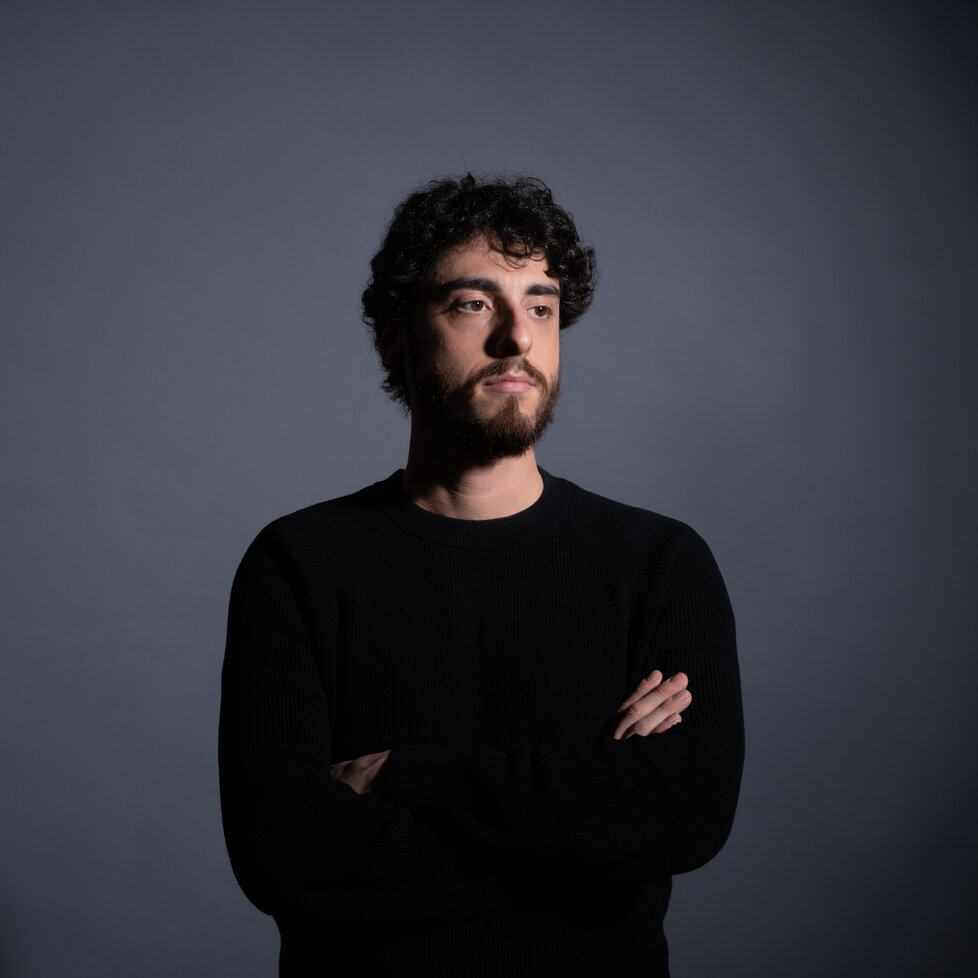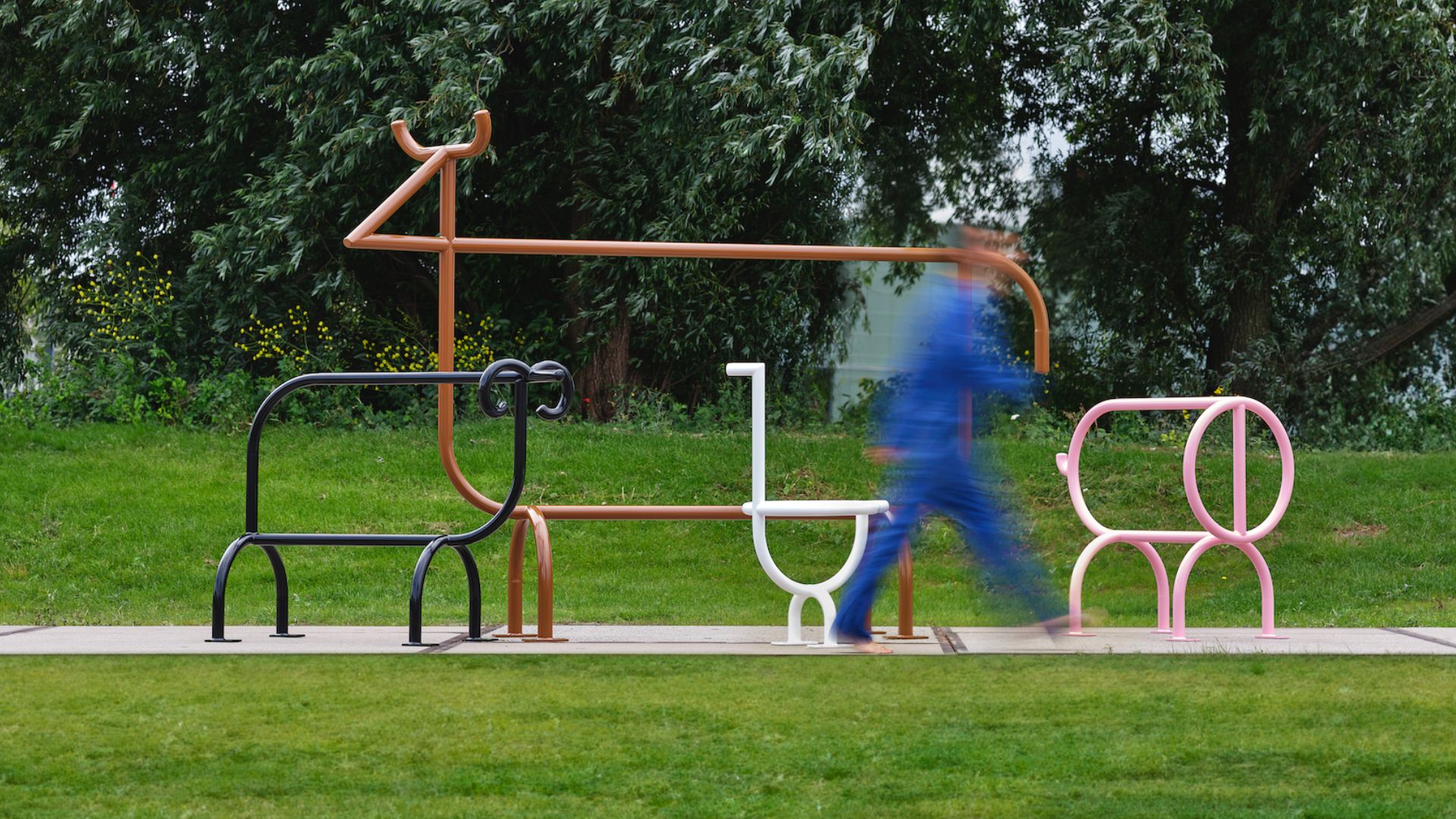New Craft House: exploring real forms in 3D printing
Countless hours are spent in experimentation and overcoming failures until a superb result becomes routine. This is how Mitachi Hirochi elevates the product’s value through the technology, both aesthetically and functionally

About a decade ago, when I was a young designer (though that phase has passed), various companies approached me to design 3D-printed objects. They all made a common mistake – believing they could replace mass production with desktop 3D printers. What they failed to grasp was that technologies simulating other methods often result in cheaper alternatives. To harness the full potential of a tool, it needs to be comprehended and creatively applied.
I initially used 3D printing for my prototypes, but had little interest in serial production. That changed when I came across the work of designer Mitachi Hiroshi and his New Craft House (Instagram page). To put it succinctly, Hiroshi operates a workshop and store, where he produces and sells intriguing items crafted with 3D printers.

However, he does so in a manner that elevates the product’s value through its technology, both aesthetically and functionally. Through precise nozzle manipulation, he has achieved the perfect thickness, creating self-standing perforated surfaces that lend a unique shape to his products.
Hiroshi reminds me of pottery artisans who toil in their small workshops, producing remarkable pieces that one can hardly imagine. Countless hours are spent in experimentation and overcoming failures until a superb result becomes routine. Although he maintains a captivating Instagram profile, finding more information about him can be challenging. Hence, I interviewed him to shed light on this talented individual from Japan.

Can you provide some insights into your background? Where were you born, and what did you study?
Mitachi Hiroshi:
“I was born in Ibaraki, Japan, and pursued design at the Kyoto Institute of Technology, continuing into graduate school. During my studies, I stumbled upon an open-source 3D printer, sparking my fascination with the creative possibilities it offered. I also envisioned inexpensive 3D printers revolutionizing resin as a craft material.
Historically, resin molding technologies were controlled by capital-intensive companies, making it inaccessible to individuals or small groups without substantial resources. This discovery led to our relentless exploration of new techniques and product design methods under the name “Shinkogeisha,” meaning New Craft House in Japanese. Currently, Shinkogeisha comprises three members and operates from a studio in Kyoto, Japan.

How did you achieve such remarkable results in 3D printing? What kind of research and inspiration guided your journey?
Mitachi Hiroshi:
“Around 2013, when I first encountered 3D printers as a student, my goal was to craft attractive products with them. However, compared to traditional molded resin products, the surface finish of 3D-printed items fell short due to inherent layering marks. We attempted various solutions, such as putty filling and shaving, without success.
Eventually, we shifted our perspective. Examining the structure of FFF 3D printers, we noticed that they deposited resin in a fiber-like pattern, layer by layer. We realized that we needed to embrace this fiber-like design.

Inspiration struck from an unexpected source – tatami mats, a common flooring material in Japan. We viewed each line created by the 3D printer as a fiber and designed accordingly, resulting in a woven texture that laid the foundation for our “tilde” series.
This experience taught us that each technology possesses its ideal form. This realization brought us closer to the craft, with the iterative process of trial and error between the 3D printer and myself resembling craftsmanship more than conventional design.
I noticed that you also create design pieces using rocks. Do you employ 3D scanning in this process? Is there a unique method involved?
Mitachi Hiroshi:
“Our work with stones constitutes a series known as “nosemono.” Initially, we 3D scan the stones, meticulously design them to precisely fit their surfaces, 3D print the components, and then finish with polishing and painting. Notably, we do not alter the stones themselves. In traditional industries, natural objects undergo standardization and processing into specific shapes.

However, in the digital age, technology like 3D scanning allows us to embrace natural objects in their original state. As a result, the fact that a stone is fragmented is no longer an impediment.
When selecting stones, we ponder the design possibilities based on their random shapes, making the process itself intriguing. We even conduct workshops centered around this concept within university courses. Moreover, we have plans to construct an architectural structure at the Osaka Expo, which will be based on “nosemono” design principles. The intent is to bring a massive stone, scan it in 3D, and create a roof perfectly tailored to the stone’s contours.

Does New Craft House have a physical shop? If so, did it precede or follow the establishment of your online shop?
Mitachi Hiroshi:
“We opened a brick-and-mortar store in Kameoka, Kyoto, separate from our studio. The online store preceded the physical one. In our physical store, we offer not only our own creations but also a curated selection of 3D-printed products from Japan and abroad.
Additionally, we import the digital files of overseas designers’ works and then produce and sell them locally. Importing and exporting physical objects can be resource-intensive and costly, but sharing digital data is highly efficient. This collaboration thrives because these designers trust the quality of our output.”

Do you have buyers outside of your country? If so, where are they located?
Mitachi Hiroshi:
“Our online store ships internationally, attracting customers from various countries. Currently, the majority of our products are sold in Asia and Europe. We also participated in the Milan Design Week in 2022, specifically in the Isola district, and we plan to actively engage in more overseas design events in the future.”
Is your work at New Craft House your sole occupation, or do you engage in other activities, such as freelance design work?
Mitachi Hiroshi:
“New Craft House is my sole occupation. In addition to creating and selling artwork, we do receive requests from companies to apply our 3D printing technology.”

What are your future plans and next steps?
Mitachi Hiroshi:
“Our primary aim is to bring attention to the fact that individuals, including designers, are often subservient to systemic constraints. We advocate for a deeper connection with materials and the ability to lead more independent lives within our means.
While media interviews often focus on 3D printing techniques, we intend to use our work to highlight the societal changes we are currently experiencing. In this vein, we aspire to publish a book to promote our ideas, complementing our artistic endeavors.”



















